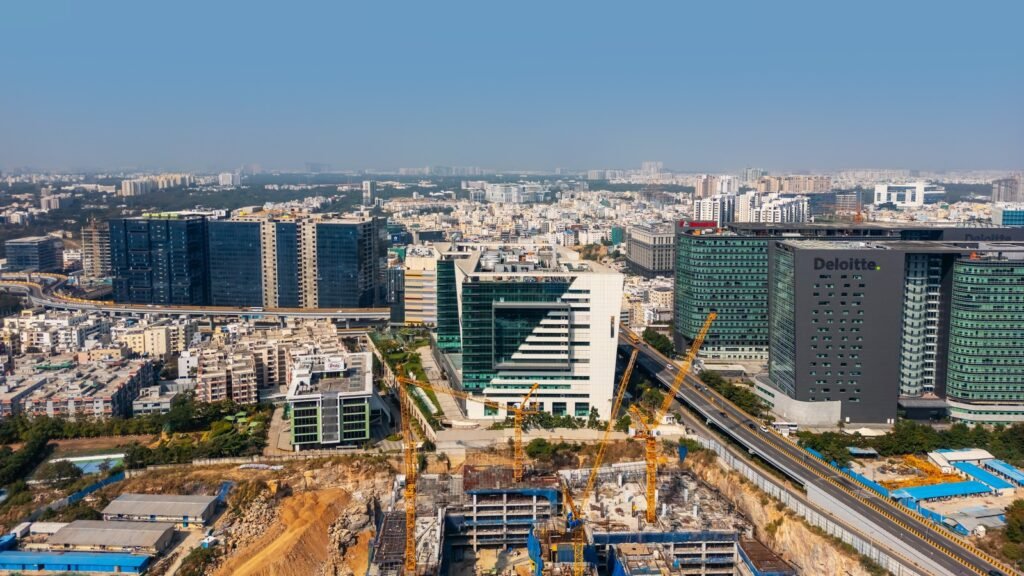
The headlines screamed disaster. Donald Trump’s $100,000 H-1B visa fee was supposed to crush Indian dreams. Immigration lawyers sounded the alarm, the Indian media fumed, and social media erupted over the fate of Indian engineers who built America’s tech future. Then came the fine print. The rule applies only to new H-1B petitions filed for people outside the US or a few status changes. It doesn’t affect the hundreds of thousands already there or most renewals. In reality, it changes almost nothing. It was another Trump taco — a policy built to roar, not to reform.

That was a relief, but also revealing. The fee turned out to be a toothless tiger, yet its roar did real damage. It showed once again that Washington has traded policymaking for performance. America’s message to global talent was unmistakable: You can work here if you pay, but don’t ever expect to belong. Anti-immigrant groups cheered the $100,000 fee as a great victory, waving it like a trophy. In truth, they were celebrating an illusion — a loud, empty gesture that fixed nothing and fooled many.
Tech companies didn’t complain for long. Microsoft, Google, Amazon, and Meta can afford the cost. What mattered to them stayed untouched — the decades-long green-card backlog that keeps foreign engineers dependent, the golden handcuffs that make the system work in their favour. The H-1B visa was meant to attract talent; instead, it traps it. A worker waiting for a green card cannot easily change jobs or start a company. For many Indians, the wait can stretch beyond 50 years. The result is modern day indentured servitude — legal, efficient, and deeply profitable for employers.
These workers rarely complain because their future depends on their sponsor’s goodwill. They work longer hours, accept less pay, and live with constant uncertainty. For the companies that employ them, it’s the perfect setup: Skilled talent with limited freedom, ambition contained by design. That’s why Big Tech keeps lobbying for more H-1Bs but never for green-card reform. Permanent residents can leave; visa holders can’t. The imbalance is intentional and keeps the system full of people who can’t move or compete.
Over 1.2 million immigrants are stuck in the employment-based green-card queue, most of them from India. Many have lived in the US for decades, paying taxes and driving innovation, yet remain “temporary”. Their children risk deportation when they turn 21. This new rule, like so many headline-chasing moves before it, does nothing for them. It doesn’t shorten the wait or make the system fairer; it simply creates noise without progress, pretending to act while leaving the core problem untouched.
For India, though, this dysfunction has become an advantage. Washington’s message that foreign talent is expendable has quietly reversed a decades-old flow of brains and ambition. Talented Indians who once built their lives around the American dream are now building their futures at home.
The pandemic proved innovation no longer needs a US address. India’s digital economy has reached critical mass. Bengaluru, Hyderabad, Pune, and Gurgaon now offer what Silicon Valley once did — capital, mentors, talent, and global reach. Returnees and Indian-Americans like me are founding companies in India in Artificial Intelligence (AI), clean energy, and biotechnology and venture investors are following them. Every act of exclusion from Washington speeds up this shift. When the US closes doors, the world opens them.
Supporters of the Trump fee claim it protects American jobs. It doesn’t. Industries that rely on high-skill workers — from chipmaking to software — are already short of talent. Raising costs or adding red tape won’t create new engineers; it just sends work abroad. The geography of innovation is changing, and this policy accelerates it.
America’s success has always come from attracting the best minds, not shutting them out. Nearly half of Fortune 500 companies were founded by immigrants or their children. Turning that pipeline into a toll road weakens the country that once led by openness — and strengthens those that still believe in merit.
Real reform would take the opposite approach. It would increase the number of employment-based green cards and perhaps, tie them to homeownership. Every skilled immigrant who buys a home could get a faster path to residence. That single step could spark an economic boom — new homes, jobs, and tax revenue. The US should also recapture unused green-card slots, remove per-country caps, and decouple legal status from employer control so that talent can move freely. These aren’t radical ideas; they’d strengthen the economy and restore fairness. But that reform never comes. True change would shift power from corporations to individuals — from those who control visas to those who hold them.
Once, America attracted the world’s best by offering opportunities. Now it greets them with red tape and empty gestures. The $100,000-fee fixed nothing, it only reminded the world that America’s openness can no longer be taken for granted.
India, meanwhile, gains what America loses. Its innovators are returning with global experience, building companies that serve worldwide markets, and creating high-skill jobs at home. The country that once exported its talent is learning to keep and import it.
The Trump taco sizzled for a month and then fell apart, like most things built for headlines. Nothing changed except the message — that in Washington, theater has replaced thought. And in that void, India is quietly winning.
Vivek Wadhwa is CEO, Vionix Biosciences. The views expressed are personal




